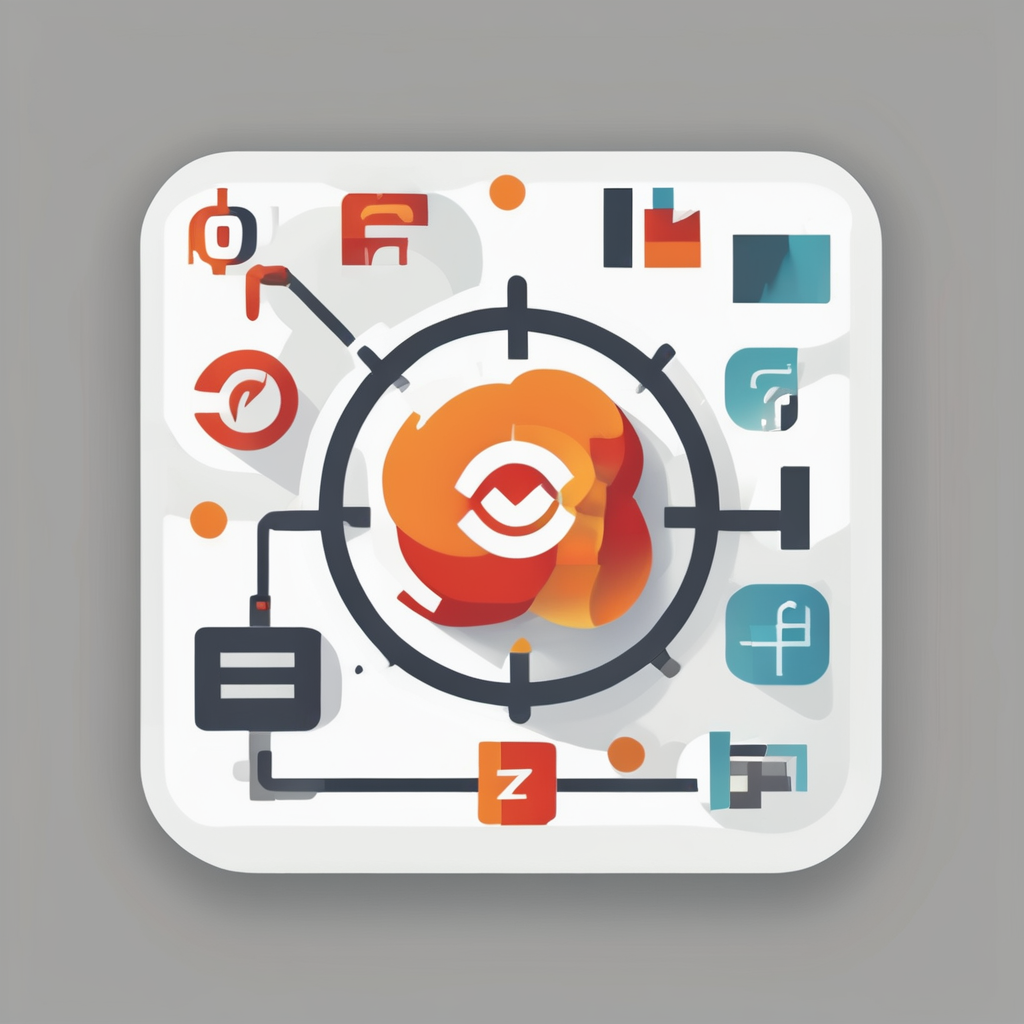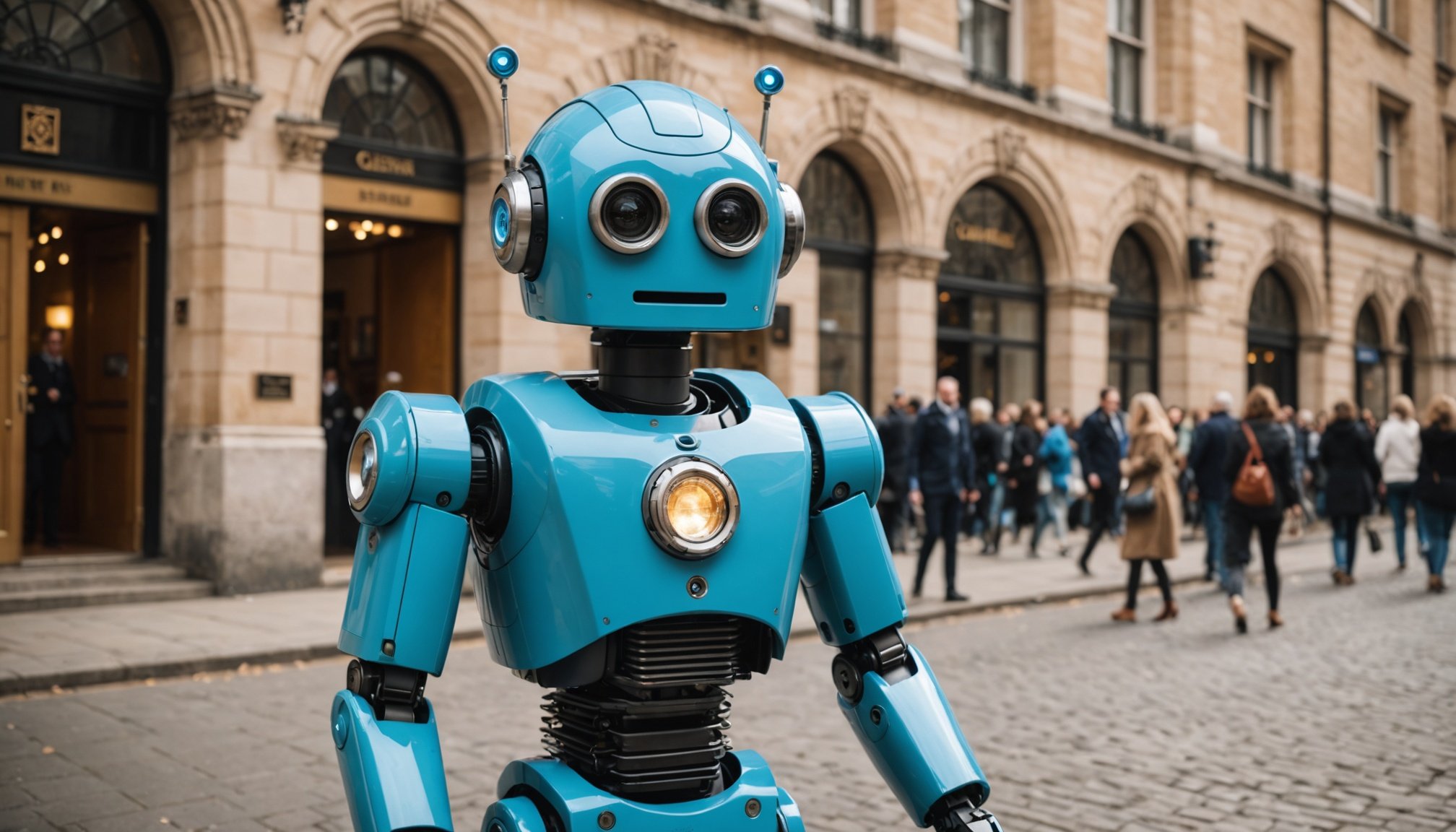Overview of Chatbots in Government Services
Chatbots have become pivotal in transforming how governments interact with citizens. These digital assistants, powered by artificial intelligence (AI), are integrated into government services to streamline operations and enhance citizen engagement. By providing real-time interactions, they address inquiries, facilitate transactions, and deliver vital information, which has shown to significantly increase efficiency and accessibility in public services.
One major benefit of chatbots is their ability to maintain consistent communication between citizens and government agencies. This is crucial in building trust and ensuring that citizens have quick access to the information they need. As chatbot technology evolves, governments are tapping into advanced trends, such as natural language processing (NLP), to improve their systems’ accuracy and conversational capabilities.
In the same genre : Key Elements to Develop a Cutting-Edge AI Fraud Detection System for the UK Insurance Sector
Recent trends indicate a shift towards more personalized chatbot services, wherein systems cater to individual needs, offering a more engaging and satisfying user experience. Additionally, automation in routine processes has freed up human resources, allowing government employees to focus on more complex tasks. Chatbots are thus reshaping government services, fostering proactive citizen engagement, and setting the foundation for modern and efficient public administration. This adaptation reflects a broader trend of digital transformation across various sectors.
Enhancing Citizen Engagement Through Chatbots
The integration of chatbots in government services has dramatically improved communication and accessibility, ensuring that citizens can engage with government agencies more effectively. By providing swift responses to users’ inquiries, these digital assistants significantly enhance citizen engagement. Governments employ chatbots to streamline interactions, reducing the time citizens spend waiting for information or assistance.
Also read : Ultimate Guide to Responsive Design: Essential Strategies for UK Government Websites
Moreover, the use of chatbots has drastically increased efficiency and response times. As they operate round-the-clock, citizens gain the advantage of receiving instant support at any time. This uninterrupted service fosters a reliable communication channel, reflecting positively on citizens’ views of public services.
Significant progress has been made in delivering personalized experiences to citizens via chatbots. Using historical data and AI-enhanced insights, chatbots can tailor responses to individual users, creating a sense of direct interaction and engagement. Personalization ensures that citizens’ needs are addressed aptly, improving overall satisfaction.
In essence, chatbots in government services revolutionise user interaction by facilitating seamless communication, boosting efficiency, and offering tailored experiences. Their role in fostering a proactive and responsive public administration environment remains indispensable for modernisation.
Case Studies of Chatbot Implementations in the UK
Implementing chatbots in the UK’s government services has provided insightful lessons through practical applications. These case studies offer a glimpse into the benefits and challenges faced by both local and national governments.
Example 1: Implementation in Local Government
In the local government scenario, chatbots have been employed to streamline services such as permit applications and public inquiry handling. The outcomes have been promising, with increased efficiency in service delivery and reduced wait times for citizens. User feedback has been largely positive, highlighting improved citizen engagement due to the instant, round-the-clock service. Engagement statistics show a notable rise in interactions, as chatbots make processes more accessible and user-friendly. However, lessons learned indicate the need for continuous refinement and adaptation to meet evolving public expectations.
Example 2: National Government’s Use of Chatbots
On a national level, chatbots have been integrated into broader platforms to manage tasks like tax inquiries and visa applications. These chatbot functionalities have resulted in smoother service delivery, boosting user satisfaction. Comparing this with traditional services, chatbots have dramatically reduced processing times and human resource burdens. The experience underscores the importance of adapting technology to national needs while maintaining the balance between automation and human touch. Overall, the integration of chatbots has set a precedent for future government innovations in public administration.
Functionalities of Chatbots on Government Websites
Government websites are increasingly integrating chatbot functionalities to enhance service delivery and improve overall user experience. These digital aides are equipped with a range of features that cater to multiple user needs, ensuring efficiency and accessibility.
One of the primary features is real-time assistance, allowing users to receive immediate responses to their inquiries. This capability significantly benefits citizens by reducing wait times and increasing the accessibility of information. Chatbots can guide users through complex forms and procedures, simplifying the often intricate bureaucratic processes associated with government services.
Moreover, these chatbots are adept at information dissemination, ensuring citizens can quickly access accurate updates and notifications. They can be tailored to provide personalized interactions by analysing user behaviour and historical data, making experiences more engaging.
Integration with existing services and platforms is another vital aspect. By connecting with databases and other systems, chatbots can facilitate seamless transactions, making processes like paying taxes or applying for permits more user-friendly. The capacity to continuously adapt and update ensures that chatbots remain relevant and efficient in providing essential public services, setting a high standard for digital transformations within government institutions.
Challenges in Implementing Chatbots for Government Services
The integration of chatbots within government services is fraught with various implementation challenges. One prominent issue is the technological hurdles associated with ensuring seamless integration into existing infrastructure. Government systems can be complex, and chatbots must be meticulously developed to align with these structures, which often involves overcoming compatibility issues and maintaining system integrity.
Accessibility poses another significant challenge. Ensuring that chatbot services are available and intuitive for all citizens, including those with disabilities, requires precise planning and execution. This involves designing interfaces that are user-friendly and inclusive, fostering equitable access to information and services.
Privacy concerns are paramount when chatbots handle sensitive information. Citizens need reassurances that their data is secure. To address these concerns, stringent data protection measures and compliance with privacy regulations must be integrated into a chatbot’s design from the outset. Security protocols must be continually updated to mitigate risks associated with data breaches and unauthorised access.
In tackling these challenges, governments often face a balancing act between effective service delivery and safeguarding citizen privacy. By prioritising accessibility and data protection, alongside technical proficiency, governments can enhance their chatbot implementations for more robust and inclusive public services. Adaptability and continuous improvement remain crucial in overcoming these hurdles and advancing chatbot effectiveness.
Future Developments in Chatbot Technology for Government Use
The future of chatbots in government services holds the promise of transformative advancements. Emerging technologies are paving the way for innovative capabilities, such as more sophisticated AI developments. As these digital aides continue to evolve, they are expected to offer more seamless and intuitive interactions with citizens by implementing sophisticated models of analysis and learning.
Predicted advancements include multilingual support, allowing chatbots to communicate with citizens in various languages. This functionality will broadening accessibility and inclusivity, ensuring that government services cater to diverse populations. Furthermore, integrating voice-activated services can enhance user engagement by providing a hands-free, convenient interaction method, particularly beneficial in addressing the needs of those with disabilities or when multitasking is required.
Continuous improvement strategies are crucial to keep pace with evolving needs and expectations. Governments are advised to establish robust feedback loops and undertake consistent performance evaluation, facilitating adaptive enhancements. Engaging with tech innovators and encouraging collaboration with stakeholders will help in refining these systems.
In this phase of digital transformation, embracing chatbot innovations represents a vital step towards a more responsive and efficient public service framework. By remaining at the cutting edge of technology, governments can significantly enhance citizen engagement and service delivery.
Best Practices for Integrating Chatbots in Government Services
To foster effective chatbot integration in government services, it’s crucial to adhere to best practices that promote successful deployment. These practices ensure that chatbots not only meet functional requirements but also enhance citizen engagement and service quality.
Recommendations for Effective Chatbot Design: Crafting a chatbot involves designing user-friendly interfaces and intuitive conversational flows. Focus on simplicity and clarity to facilitate ease of use for all citizens. Incorporating AI-driven insights can enhance personalisation, addressing diverse user requirements effectively.
Importance of User Testing and Feedback Loops: Regular user testing is indispensable for refining chatbot functionalities. By implementing feedback loops, governments can gather valuable user insights regarding performance and usability. These insights enable iterative improvements, ensuring the chatbot evolves based on user needs.
Collaborating with Tech Experts and Stakeholders: Partnering with technology experts and community stakeholders is key to staying abreast of technological advancements. Such collaboration aids in identifying innovative solutions and optimising chatbot performance.
Through these strategies, governments can ensure their chatbots are not only functional but also innovative and robust, reinforcing public trust and enhancing the digital transformation of government services.











